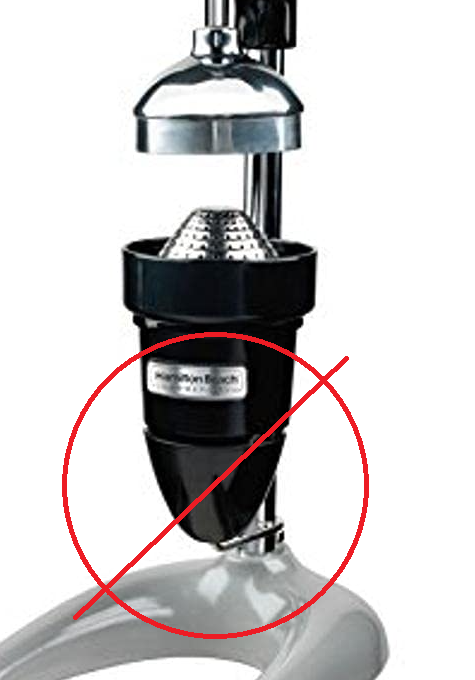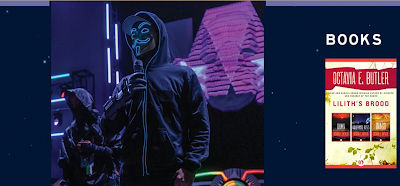The Dark Hand, or Manus Tenebrae in High
Gothic, is an ancient war machine that traveled the galaxy after The
Overgrowth. Eager to reclaim their home world and the forges that wrought these old machines, the knightly house of Caro Mea has joined the Mechanicus expeditionary force. Its pilot keeps the restless machine spirit at the heart of the Dark Hand busy with forest-taming operations. And while the trees of Pholos IV are more hostile than most, recent skirmishes suggest it will be called upon to enter the fray against more heady foes.
After being assembled for 5 years, I finally got the courage to paint this lumbering mech of a Father's Day gift. The under-carriage was a straightforward Leadbelcher with Nuln Oil drybrushed to highlight, and the panels are where I spent most of my time. I'm particularly proud of the blue stripes that give the flat blocks of color subtle depth. In addition, this is my first attempt at decals in some time, and Micro-sol was a miracle-worker at keeping them from being shiny. I used a black Sakura Pigma 005 for writing the name on the chest scroll. The base was mostly an afterthought, and I hope the Necron that was tread underfoot makes a speedy recovery.

























.JPG)
.JPG)
.JPG)
.JPG)
